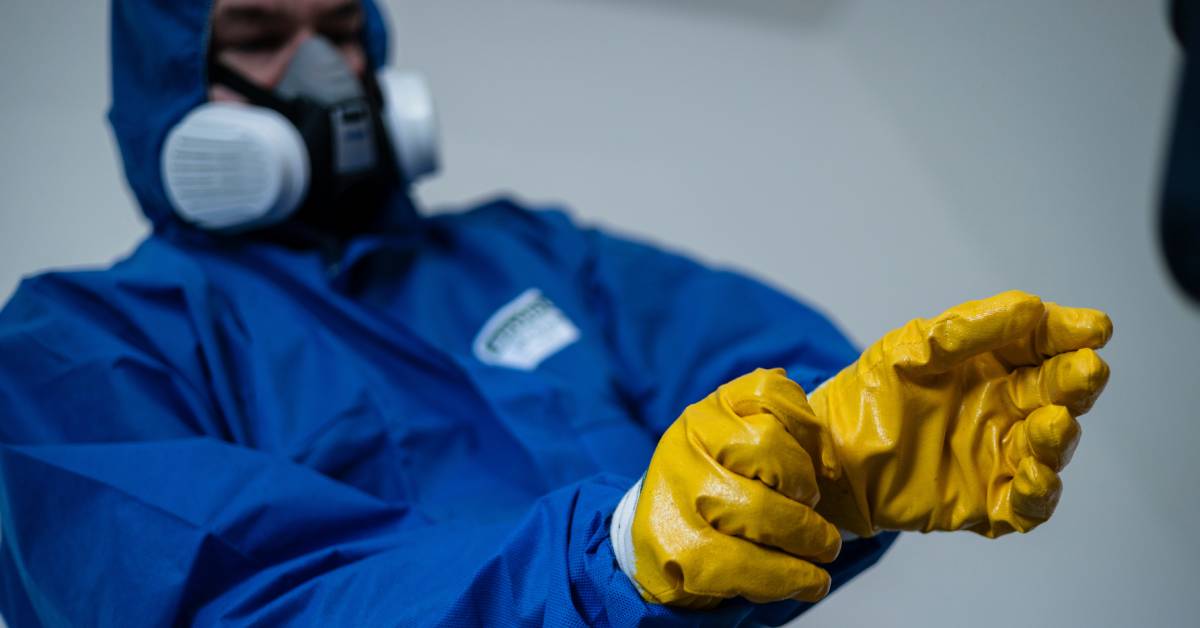
Cleaning up a trauma scene isn’t just about restoring a space—it’s about ensuring safety and handling hazards properly. From biohazards to emotional impacts, there’s a lot to consider. Below, we’ll guide you through key trauma scene cleanup essentials to ensure every step prioritizes health, safety, and professionalism.
Understanding Biohazard Dangers
Trauma sites often involve dangerous biohazard materials. Blood, bodily fluids, or other contaminants can carry viruses and bacteria that pose serious health risks. Handling these materials improperly can expose individuals to harmful infections.
Removing these biohazards requires proper safety protocols and specialized knowledge. Using the right tools and protective gear ensures proper sanitation and eliminates potential dangers. Prioritizing safety starts with treating every material as hazardous.
Recognizing the Need for Personal Protection
Personal protection should always be a top priority during trauma cleanup. Gloves, masks, goggles, and full-body suits keep people safe from exposure to dangerous pathogens. It’s nonnegotiable when entering contaminated areas.
Using personal protective equipment (PPE) not only safeguards physical health but also offers peace of mind. People involved know they’re protected and can focus on performing thorough, effective work.
Environmental Safety Matters Too
Another essential element of trauma scene cleanup is environmental safety. Improper disposal of contaminated materials can harm others in the area or damage the ecosystem. This adds another layer of responsibility to the process.
Using certified biohazard disposal techniques ensures safety at every step. The correct containment of materials prevents further exposure or contamination. Every part of the cleanup process must include safe removal methods for long-term protection.
Expertise Ensures Thorough Removal
Without experience, it’s easy to miss contamination during trauma scene cleanup. While surfaces may appear clean, hazards often linger unseen. Proper training prevents these risks from being overlooked.
Certified biohazard teams have the training to spot hidden contamination. They follow protocols that ensure deep cleaning and complete hazard removal. Guaranteeing safety starts with professionals who understand the work inside and out.
Emotional Care Is Part of Safety
Trauma scenes affect more than physical health—they also impact mental well-being. Being in these environments can be overwhelming and emotionally triggering for individuals and families involved.
Trained teams who understand these sensitivities are better equipped to minimize further trauma. Approaching the work with respect and professionalism eases some of the emotional burden.
If you need trained experts for trauma scene cleanup, Affinity Bio Solutions is here to help. Our professional, certified biohazard team offers thorough, compassionate service. Call us today, and we’ll handle every step of your cleanup seamlessly.
